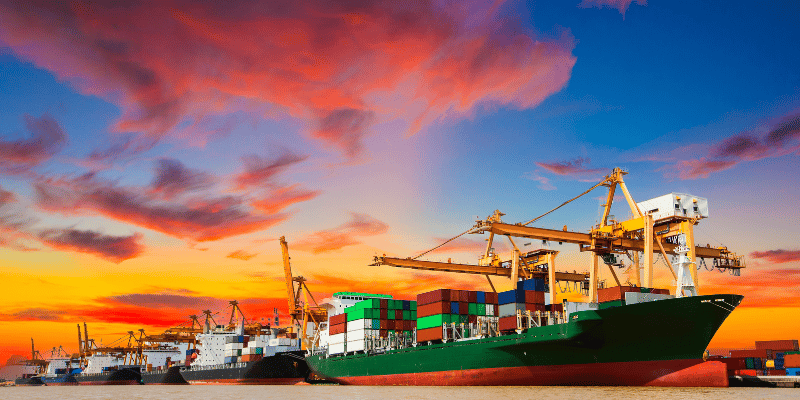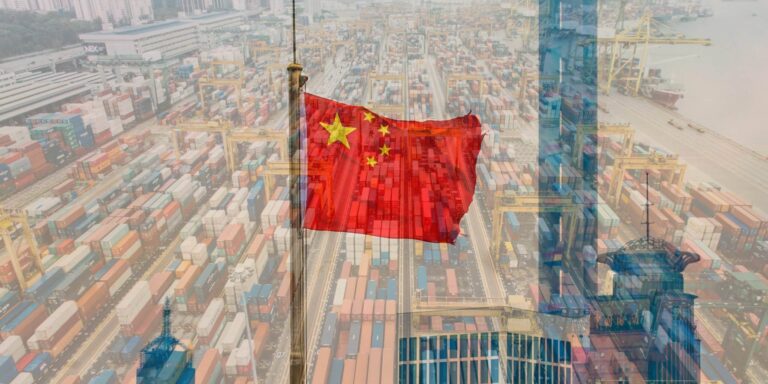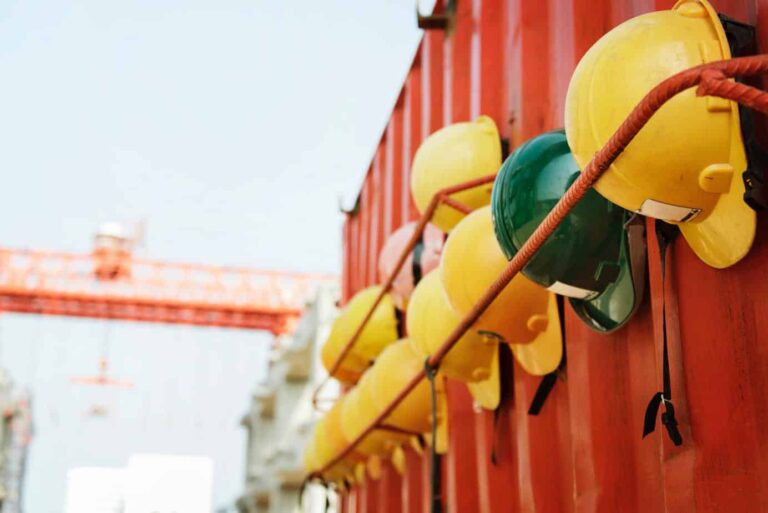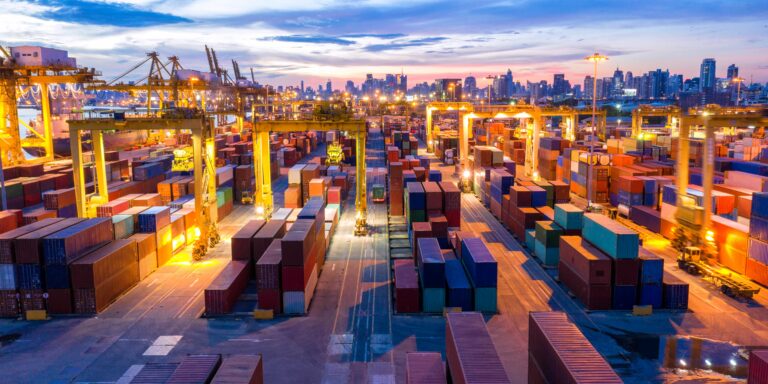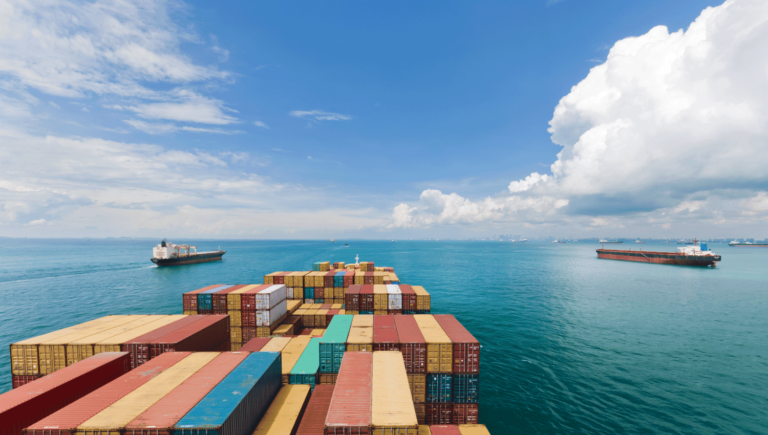A tale of two ports: Oakland and Long Beach are looking strong
2016 was a rocky year for both Pacific Rim gateways, but this year looks promising, indeed.
Transpacific shippers and other transport stakeholders were given briefings recently by the ports of Oakland and Long Beach to reassure them that they’d be competitive in 2017 and beyond.
For Oakland, just to say that a year ago might have been a stretch. As our readers may recall, the port began 2016 with a daunting challenge when the port’s second-largest terminal – the Outer-Harbor Terminal – declared bankruptcy and abruptly left town. Without the joint venture operated by Ports America and Mediterranean Shipping Co., it was left to the International Terminal to absorb more than 90 percent of the Outer Harbor business.
Chris Lytle, Oakland’s executive director was left at the time with the unenviable task of explaining the problem at his annual “State of the Port Address. He put on a brave face, of course, and made the bold declaration that the port would not only survive the setback, but would eventually prevail by shifting is strategic priorities.
“What a difference a year makes,” he says now with a laugh. Today we face a new year fortified by record earnings and cargo volume over the last 12 months. “I have to tell you, this feels a whole lot better.”
Indeed, Port of Oakland executives are calling 2017 “the breakout year” for an ambitious growth agenda. They asked their Efficiency Task Force to help shape that growth.
The port expects to begin construction on nearly 750,000 square feet of warehousing this year, says Maritime Director John Driscoll. It will also raise the height of ship-to-shore cranes to load and unload bigger ships. The work is intended to drive more containerized cargo volume through the Bay Area gateway.
It was the first 2017 meeting for the assembly of shipping lines, railroads, motor carriers, dockworkers, Customs officers and cargo owners. The Task Force came together 18 months ago to improve Oakland’s operating efficiency. Now it’s being asked to help refine operations in light of upcoming construction projects that will include:
A, 283,000-square-foot Cool Port refrigerated warehouse scheduled to begin construction in March that could send an additional 30,000 containers full of chilled meet through Oakland annually;
A 440,000-square-foot Seaport Logistics Complex warehouse that could break ground in late 2017; and
Raising six cranes 26-feet higher beginning in April so they can reach containers stacked aboard the largest ships calling North America.
“These projects are game-changers,” says Driscoll. “They give us growth potential for the next 20 years.”
The comeback for the Port of Long Beach is equally impressive when one considers the hit it took last summer with the bankruptcy of Hanjin Shipping Co. and its subsequent sale of its stake in the largest terminal to Mediterranean Shipping Co.
Before it filed for bankruptcy on August 31, 2016, South Korea’s Hanjin had been the seventh-largest cargo container mover in the world and was one of the most active carriers at Long Beach. Just a year earlier, in fact, Hanjin containers accounted for 12 percent of the port’s total containerized volume. The bankruptcy’s impact was immediate, as total cargo container volume dropped 16.6 percent in September, followed a 6 percent drop in October.
But things are looking up, says Board of Harbor Commissioners’ President Lori Ann Guzmán. She set the stage for the “State of the Port” address, laying out the goals in 2017 for increasing sustainability, financial strength, and market share.
“This past year, members of the Harbor Commission worked together on the port’s Strategic Plan – identifying course corrections, quantifying our key goals, and ensuring we have the resources available to achieve the port’s critical mission,” Guzmán says.”
Interim Chief Executive Duane Kenagy notes that last year Long Beach hosted the christening of the biggest vessel to visit North America, opened the first phase of the highly advanced Pier E terminal, and constructed the early stages of the massive span that will eventually replace the Gerald Desmond Bridge.
“We saw mergers, changing alliances, and even bankruptcies, and now we face uncertain trade policies. It is clear – only the most efficient and strongest will survive,” Kenagy says.
Lee Peterson, a port spokesman, also tells LM that Long Beach is getting closer to naming a new permanent executive director. “The job description is out there,” he says, “and we’re working with recruiters on an international search.”
Read the original posting here.


